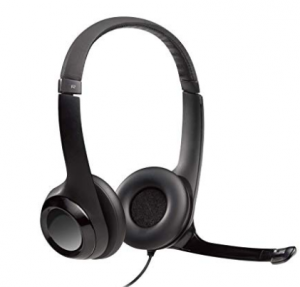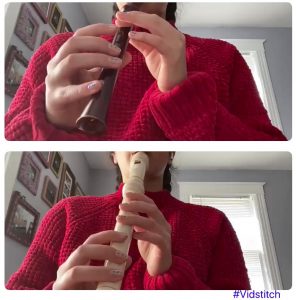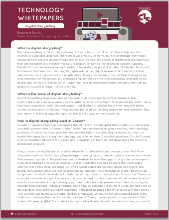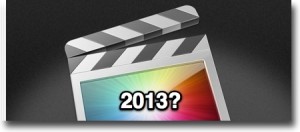A few years ago I gained access to and gradually became the manager of the Audio Studio that is in the basement of Chicago Hall. The audio studio has a sound-treated room with two high-quality cardioid microphones on movable stands, and a computer equipped control room and mixing board. The sound treated room can fit three to four people comfortably, but entire a cappella groups have been known to squeeze in from time to time.
 The space is the legacy of Rick Jones, a retired sound engineer that used to support the technical needs of the language faculty. The studio has supported countless student and faculty projects, as well as professor hosted podcasts like Curtis Dozier’s Mirror of Antiquity.
The space is the legacy of Rick Jones, a retired sound engineer that used to support the technical needs of the language faculty. The studio has supported countless student and faculty projects, as well as professor hosted podcasts like Curtis Dozier’s Mirror of Antiquity.
Gaining Access
If you are interested in doing a one-off recording, you can email me (Baynard Bailey) and I can engineer for you. If you have a need for multiple recording sessions, then I can train you on the equipment and the room protocols and put you on key permission. Afterwards, just reserve the room by emailing me, and then you can pick the key up from the circulation desk in the Main Library. (Bear in mind that Chicago Hall is open from from 7:30am-7pm, Mon-Fri and from 9am-11:30pm, Sat & Sun. After hours access can be arranged.) The training generally takes thirty to forty-five minutes but it can go quicker if you are already comfortable with audio tech such as sound boards, XLR and USB connections.
Technical Details
The two mics in the room are the Heil PR 40 and an Electro-voice RE20. The sound board is a Mackie ProFX8. The studio also hosts an ISDN line capable of lag-free remote broadcast, but it hasn’t gotten much use lately. If that is something you are interested in, let CIS know and we can plan accordingly.
Other Campus Sound Resources
The circulation desk in the library signs out USB headsets with microphones that are useful if you want to record on your own laptop and want to improve upon the sound quality of its onboard microphone (usually not so great). The headset enables a more intimate sound containing less room noise. The Main Library also hosts the sound nook for high quality spontaneous recordings in the Digital Media Studio.
 USB Headsets can be signed out from the circ desk for 2 hours at a time. They can also be signed out from Media Resources for a week at time.
USB Headsets can be signed out from the circ desk for 2 hours at a time. They can also be signed out from Media Resources for a week at time.
 Zoom H1 Recorder kits can be signed out from Media Resources. ACS maintains a classroom set of recorders that can be used for class projects. These are perfect for field recordings. Contact mediaresources@vassar.edu for individual borrowing or acs@vassar.edu for class projects or training. We also have a handful of field recording kits with shotgun mics.
Zoom H1 Recorder kits can be signed out from Media Resources. ACS maintains a classroom set of recorders that can be used for class projects. These are perfect for field recordings. Contact mediaresources@vassar.edu for individual borrowing or acs@vassar.edu for class projects or training. We also have a handful of field recording kits with shotgun mics.
Miscellaneous
There is a band practice room in the basement of Blodgett Hall; to access it, please contact campusactivites@vassar.edu. The Film Department has a small Foley booth but it is generally reserved for Film students.




